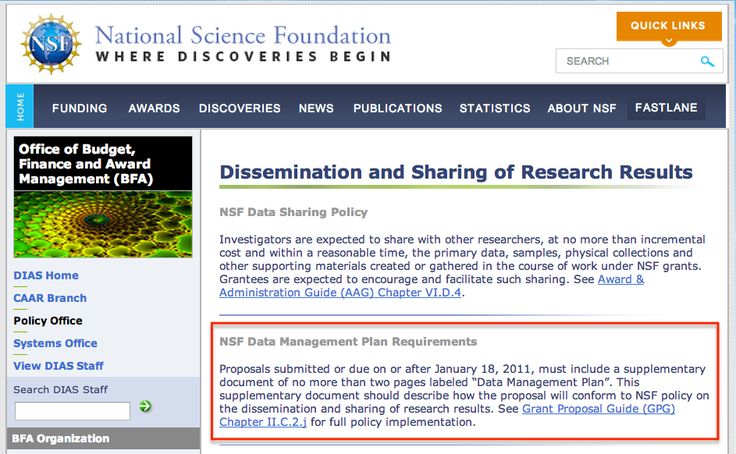What is a Data Management Plan (DMP)?
A data management plan is a document that tells how a researcher will collect, document, describe, share, and preserve the data that will be generated as part of a project.
Dr. Andrew Stephenson is Distinguished Professor of Biology and Associate Dean for Research and Graduate Education in the Eberly College of Science at Penn State. As an active researcher, he has generated and collected data for many years and served on many a panel reviewing grant proposals. From his perspective, data management plans make good sense. In the following video, he describes the elements of a DMP and why they are important.
Many funding agencies are now requiring that grant applicants provide information about their data management plan (DMP) as part of their grant proposal. Since 2011 the National Science Foundation (NSF) has required researchers to include DMPs with their grant proposal applications.

DMPs are typically supplemental to a grant application. The NSF specifies that a plan should not exceed two pages. Other funding agencies may have different requirements for length; check with the guidelines of the grant program you are applying for. The NSF also understands that DMPs are not relevant for some projects. In such cases, the agency recommends that the researcher provides a statement explaining why a DMP is not being submitted.
NOTE: There are several directorates in the NSF that have more specific guidance than what follows in this tutorial. It is recommended that you refer to such guidelines (see the list in the Related Resources tab above) if your directorate is included, in addition to taking this tutorial.
